Allusion can be used to create a sense of deeper understanding using recognizable objects, people, or events in writing. When used metaphorically, allusion can be an even more powerful and persuasive literary or rhetorical device. Also, historical and literary events or people can be used to make comparisons. “She’s such an Einstein” means that the person being referred to is smart. “She’s no Venus de Milo!” means that the person being referred to is not attractive.
In writing nonfiction or dealing with abstract information or concepts, writers may use allusions to create mental hooks on which readers can hang information and make it easier to learn. When interacting chemicals, for example, are compared to Jekyll and Hyde, you can easily visualize these chaotic interactions, and you might remember more of the information as a result.
Sources for Allusion and Commonly Used Allusions
Four types of allusions are discussed below. Each type includes examples.
- Mythological
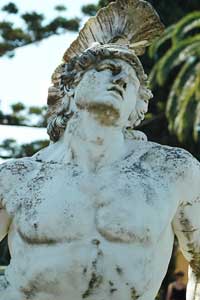
Source: “Statue of Achilles at Achilleion,” Jennifer Slot, Flickr
Achilles: A great Greek warrior born of a mortal and Zeus
During the Trojan War, he was shot by an arrow in his only weak spot—his heel—and was killed. The one vulnerable spot in an otherwise invulnerable person or thing is usually referred to as an "Achilles' heel."
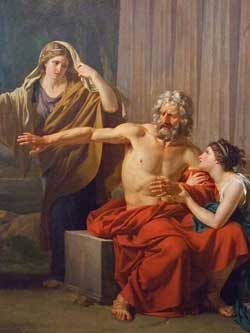
Source: “Oedipus at Colonus” by Jean-Antoine-Theodore Giroust, 1788, at the Dallas Museum of Art. Photograph by Mary Harrsch, Flickr.
Oedipus: Character in an ancient Greek play who was abandoned at birth by his parents
Oedipus tried to avoid a prophecy that he would eventually kill his father and marry his mother. When individuals have severe issues with their parents, they are sometimes said to have “Oedipal Complexes.”
- Religious
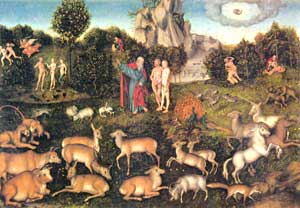
Source: “The Garden of Eden” by Lucas Cranach the Elder, Wikimedia Commons
- Historical
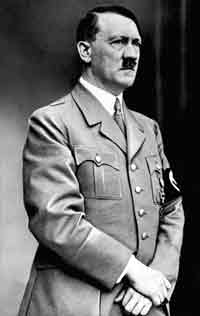
Source: Adolf Hitler, Deutsches Bundesarchiv (German Federal Archive), Wikimedia Commons.
Adolf Hitler: The ruthless dictator of the German Third Reich during World War II
Hitler's supremacist and racially motivated policies resulted in the systematic murder of eleven million people, including an estimated six million Jews, and directly or indirectly in the deaths of between 50 and 70 million people in in World War II. A reference to Hitler usually means evil personified.
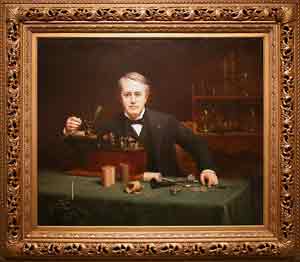
Source: “Thomas Alva Edison” by Abraham Archibald Anderson, photograph by Cliff1066™, Flickr
Thomas Edison: The inventor of the light bulb and phonograph
He is a well-known, genius inventor and is sometimes referenced in descriptions of unusually bright, scientifically-minded individuals.
- Literary
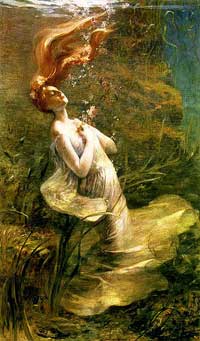
Source: “Ophelia” (Ophelia Drowning by Paul Albert Steck), photograph by litmuse, Flickr
Ophelia: Daughter of Polonius in William Shakespeare’s Hamlet
She becomes mentally unstable and drowns mysteriously, possibly from suicide. An allusion to Ophelia may be used when describing a woman who has become mentally ill.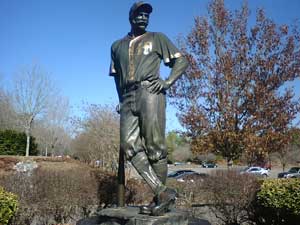
Source: “Mighty Casey,” Knilram, Flickr
Mighty Casey: A great fictional baseball player
Baseball fans count on him to win the big game; unfortunately he strikes out and loses it instead. References to the Mighty Casey suggest not being able to come through in the moment of greatest need or perhaps simply not being able to control most or all of the variables.
Garden of Eden: The biblical “garden of God,” described most notably in the book of Genesis
According to the Bible, the first woman on Earth was Eve and the first man on Earth was Adam. They lived in the Garden of Eden. A reference to the Garden of Eden usually alludes to a place of beauty and lost innocence.
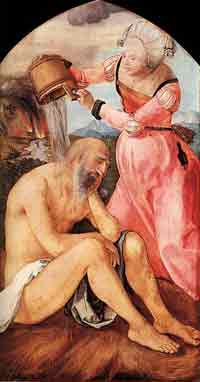
Source: “Job and his Wife” by Albrecht Dürer, Wikimedia Commons.
Job: The central character of the book of Job
He was a biblical figure possessing great wealth, whose faith was tested when he lost everything. References to Job are usually made when someone is facing a tough situation, multiple losses, or is experiencing a period of overwhelming grief.